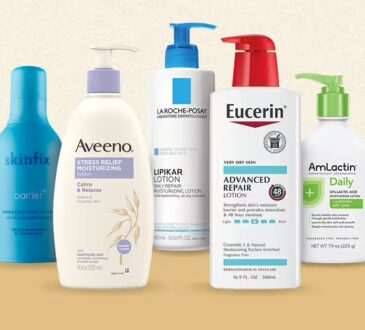

Dr. Hamid Mirsepasi, a Dallas-based dentist, says natural toothpastes are becoming popular, but they aren’t necessarily safe for teeth.
Using homemade toothpaste offers numerous benefits
You may be interested in Toothpaste manufacturer for several reasons. Among them are:
- Knowing what ingredients are in your toothpaste is important
- Plastic packaging should be reduced
- Aspects of texture, flavor, and abrasiveness can be modified
- Cost-saving measures
Making toothpaste yourself has its downsides
Here are the supplies you’ll need to get started
A container for mixing and measuring your toothpaste mix, as well as the ingredients you’ll need will be necessary if you want to make your own toothpaste.
There may be harmful ingredients in online recipes
Even if they seem harmless, don’t trust homemade toothpaste recipes. It is strongly recommended that homemade toothpaste recipes do not contain hydrogen peroxide or vinegar. Furthermore, these ingredients can damage your gums as well as yellowing your teeth.
Fluoride is not present in homemade toothpastes
You won’t find fluoride in homemade toothpaste. Fluoride is one of the most effective ingredients in toothpaste to prevent cavities.
There is only one toothpaste endorsed by the American Dental Association (ADA) that contains fluoride and it is considered safe to use.
Adding fluoride to the drinking water can strengthen the enamel while improving resistance to decay, according to Mirsepasi.
Make your own toothpaste with these recipes
For those who are determined to make their own toothpaste, you can try some natural recipes for cleaning and whitening your teeth.
The ADA does not recommend these methods.
1. Using baking soda as a toothpaste
A common ingredient in toothpaste is baking soda. An article in the Journal of the American Dental Association states that baking soda has the following properties:
- Useful and safe
- Agent that kills germs
- The gentlest of abrasives
- Fluoride works well with commercial toothpastes
A baking soda rinse can remove the top layer of your enamel, which cannot be replaced. In addition, remember that baking soda is a salt-based product if you need to reduce your daily salt intake.
Instructions
- Add 1 teaspoon to the mixture. You can add some water and baking soda for a smoother texture (depending on your preference).
Consider adding an essential oil (such as peppermint) to your toothpaste to make it more flavorful. It remains to be seen whether essential oils are effective for treating dental conditions based on research.
If you have swallowed baking soda or essential oils, you should not have done so.
2. Coconut oil toothpaste (oil pulling)
In order to promote oral health, oil pulling involves swishing it around in your mouth. However, there are limited studies demonstrating its effectiveness.
If you’d like to try this technique, you can move some oil around in your mouth for 5 to 20 minutes at a time for a couple of times daily. In one study, coconut oil pulling with coconut oil reduced plaque after a week of using it.






